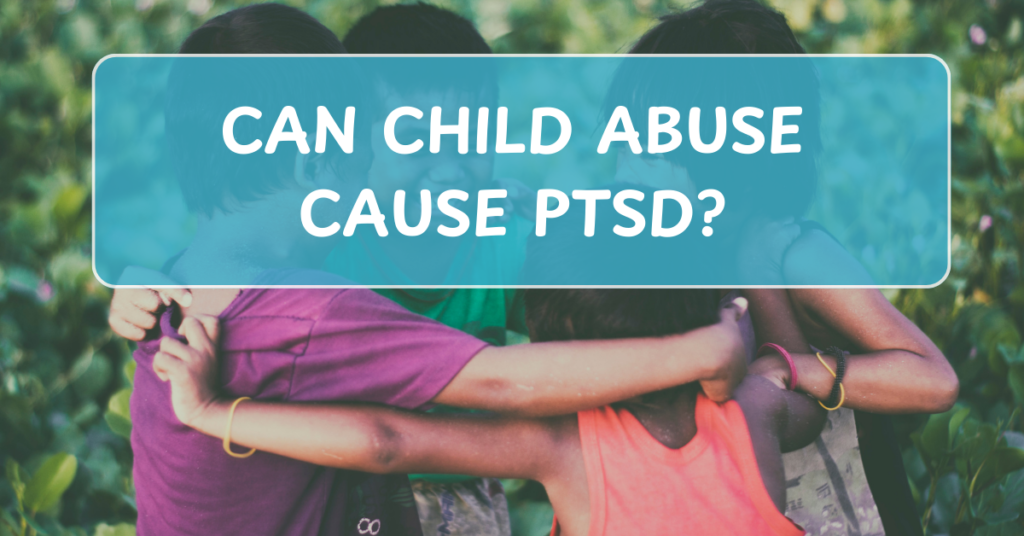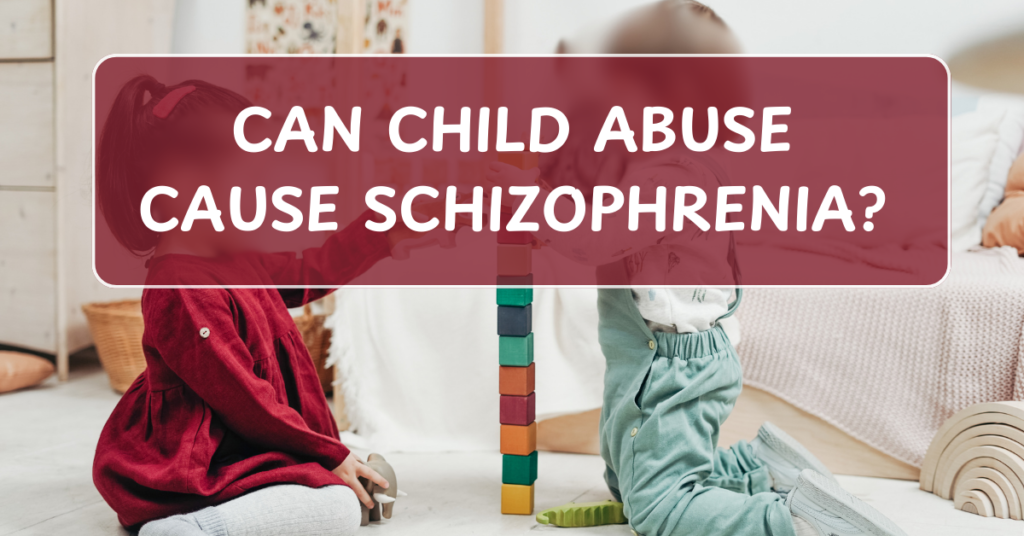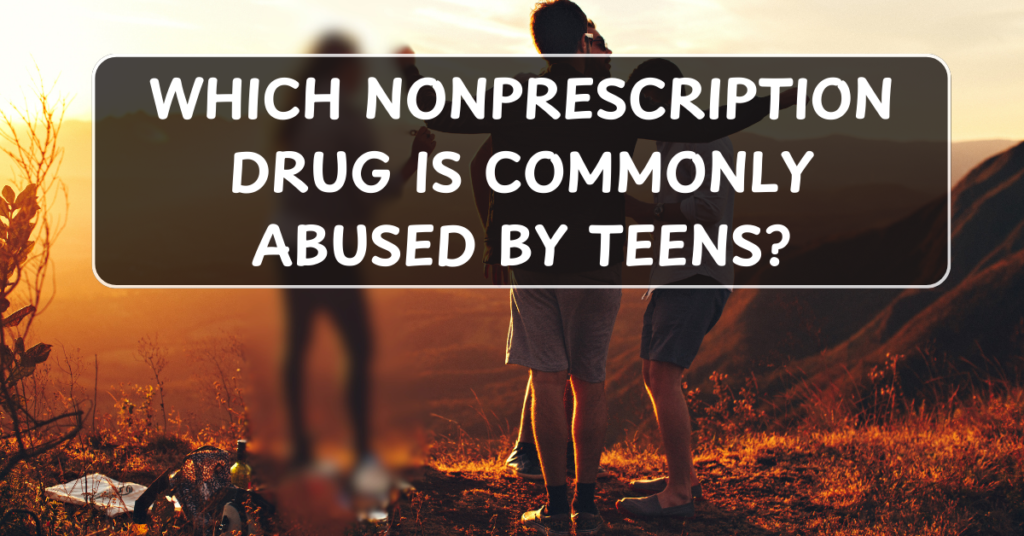
Child abuse is a traumatic experience that can have profound and long-lasting effects on a child’s mental, emotional, and physical well-being. One of the most significant consequences of experiencing abuse as a child is the development of Post-Traumatic Stress Disorder (PTSD). PTSD is a mental health condition triggered by experiencing or witnessing traumatic events, and it can result from various types of abuse, including physical, emotional, sexual, and neglect.
In this post, we will explore how child abuse can lead to PTSD, the signs and symptoms of PTSD in children, and how it can affect their long-term mental health.
What is PTSD?
PTSD is a mental health disorder that occurs after an individual experiences or witnesses a traumatic event. While it is commonly associated with soldiers returning from war or individuals involved in natural disasters, PTSD can affect anyone who has experienced trauma, including children who have been abused.
People with PTSD may experience the following symptoms:
- Intrusive memories: Flashbacks or intrusive thoughts related to the traumatic event.
- Avoidance: Avoiding reminders or situations that are related to the trauma.
- Negative changes in mood: Feeling detached, numb, or experiencing difficulty in maintaining close relationships.
- Hyperarousal: Being easily startled, having trouble sleeping, or feeling on edge.
For children, these symptoms can manifest differently than they do in adults, but they can be just as severe.
How Can Child Abuse Lead to PTSD?
Child abuse is a traumatic experience that deeply affects the child’s developing brain, emotional regulation, and perception of the world. Abuse can cause changes in how the child responds to stress, their ability to trust others, and their emotional well-being. When a child is repeatedly exposed to abuse, the traumatic experiences can overwhelm their ability to cope, which can result in PTSD.
There are several ways in which child abuse can cause PTSD:
1. The Severity and Frequency of Abuse
The more severe or frequent the abuse, the more likely it is to lead to PTSD. Chronic abuse, such as ongoing physical, emotional, or sexual abuse, increases the chances of developing PTSD due to the constant exposure to trauma.
2. The Child’s Age and Developmental Stage
A child’s brain and emotional regulation systems are still developing, which makes them more vulnerable to the effects of trauma. The younger the child, the more likely the abuse will impact their development and lead to PTSD. Children may not have the cognitive tools to process or understand the trauma, which can result in disordered responses and long-term emotional difficulties.
3. Lack of Protection or Support
Children who are abused without receiving adequate support or protection are at a higher risk of developing PTSD. Without safe adults or environments to provide comfort and reassurance, children may feel helpless, trapped, and alone, which exacerbates the emotional impact of abuse.
4. Types of Abuse
- Physical abuse: Physical violence, such as hitting, beating, or other forms of harm, can cause both immediate and long-term trauma. The fear of injury or death can trigger PTSD symptoms.
- Emotional abuse: Verbal attacks, manipulation, belittling, and threats can deeply affect a child’s sense of self-worth and emotional well-being, often resulting in PTSD.
- Sexual abuse: Sexual trauma can cause severe emotional distress and feelings of shame, guilt, and confusion. PTSD symptoms may develop as a result of the abuse.
- Neglect: Chronic neglect can create feelings of abandonment, insecurity, and worthlessness, all of which are factors that can contribute to the development of PTSD.
Signs of PTSD in Children Who Have Experienced Abuse
Children who have experienced abuse and developed PTSD may show a variety of signs and symptoms. These can differ based on the child’s age, the type of abuse, and their coping mechanisms. Common signs of PTSD in children include:
1. Re-experiencing the Trauma
- Nightmares or flashbacks about the abuse
- Acting out the traumatic events in play
- Repeatedly talking about the traumatic event in a way that shows distress
2. Emotional and Behavioral Changes
- Increased irritability, anger, or aggression
- Withdrawal from family, friends, or activities they used to enjoy
- Difficulty concentrating or problems in school
- Extreme fear, anxiety, or distrust of others
- Unexplained mood swings or emotional outbursts
3. Avoidance of Trauma-Related Triggers
- Avoiding places, people, or situations that remind them of the abuse
- Refusal to discuss the trauma or show any emotion connected to it
- Numbness or a sense of emotional detachment from others
4. Hyperarousal Symptoms
- Trouble sleeping, frequent nightmares, or fear of going to bed
- Heightened startle responses (e.g., becoming frightened easily)
- Difficulty relaxing or feeling constantly “on edge”
- Overreacting to minor stressors or feeling easily overwhelmed
Long-Term Effects of PTSD from Childhood Abuse
PTSD resulting from childhood abuse can have profound, long-lasting effects on a child as they grow into adulthood. These long-term effects can include:
- Difficulty forming healthy relationships: Individuals with PTSD may struggle with trust and have trouble forming secure attachments, making it difficult to maintain relationships with family, friends, or romantic partners.
- Mental health disorders: PTSD in childhood can lead to anxiety disorders, depression, substance abuse, eating disorders, and other mental health issues later in life.
- Self-esteem and self-worth issues: Abuse and trauma can result in feelings of shame, guilt, or worthlessness, which can continue into adulthood.
- Increased risk of revictimization: People with unresolved trauma may be more susceptible to future abuse or unhealthy relationships due to their inability to recognize red flags or set healthy boundaries.
Treatment for PTSD Caused by Child Abuse
Healing from PTSD caused by child abuse is possible, though it often requires professional intervention and a comprehensive treatment plan. Some effective treatments for PTSD include:
1. Therapy
- Cognitive Behavioral Therapy (CBT): CBT helps individuals reframe negative thoughts and beliefs related to the trauma, reducing anxiety and depression.
- Trauma-Focused Cognitive Behavioral Therapy (TF-CBT): A specialized form of CBT that helps children process and cope with traumatic memories in a healthy way.
- Eye Movement Desensitization and Reprocessing (EMDR): A therapy that helps individuals process traumatic memories by using bilateral stimulation (e.g., eye movements) to reduce the emotional charge of the trauma.
2. Medication
- Medications such as antidepressants, anti-anxiety medications, and sleep aids may be prescribed to help manage symptoms of PTSD.
3. Support Groups
- Support groups offer a safe space for survivors of childhood abuse to share their experiences and connect with others who understand the trauma.
4. Self-care and Coping Strategies
- Building a support system of friends, family, or mentors, practicing mindfulness, engaging in physical activity, and using relaxation techniques can also help manage PTSD symptoms.
Conclusion
Child abuse can have severe and lasting effects on a child’s mental health, with PTSD being one of the most significant consequences. Understanding the connection between child abuse and PTSD is crucial for providing the necessary support and interventions to help children heal. If you or someone you know has experienced abuse, seeking professional help and support is a vital step in the healing process. Healing from trauma takes time, but with the right resources, it is possible to reclaim your life and find peace.


